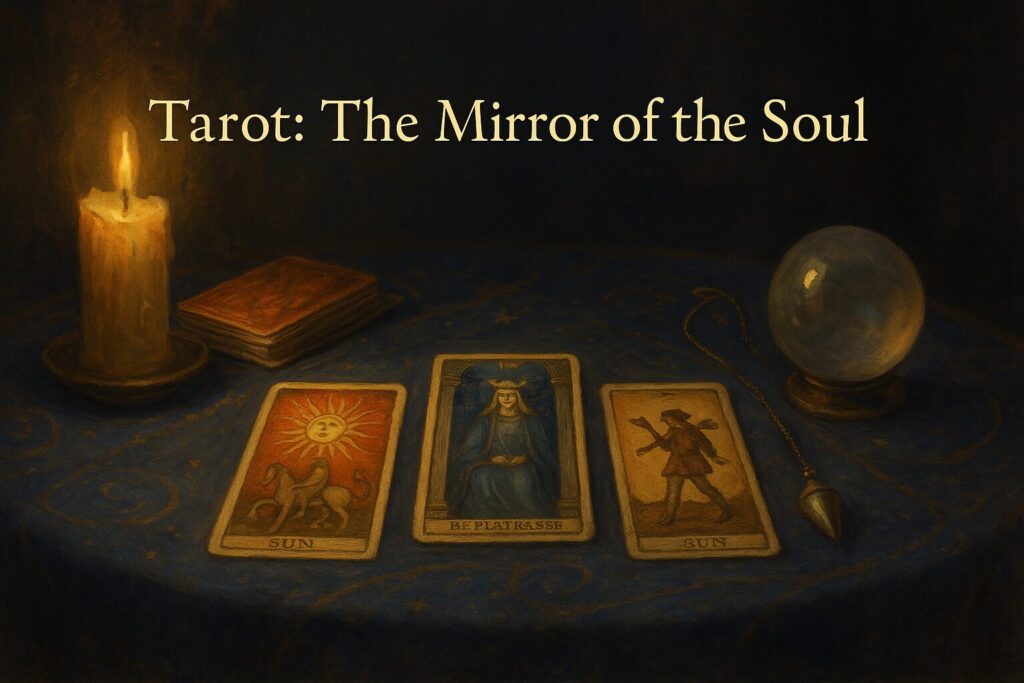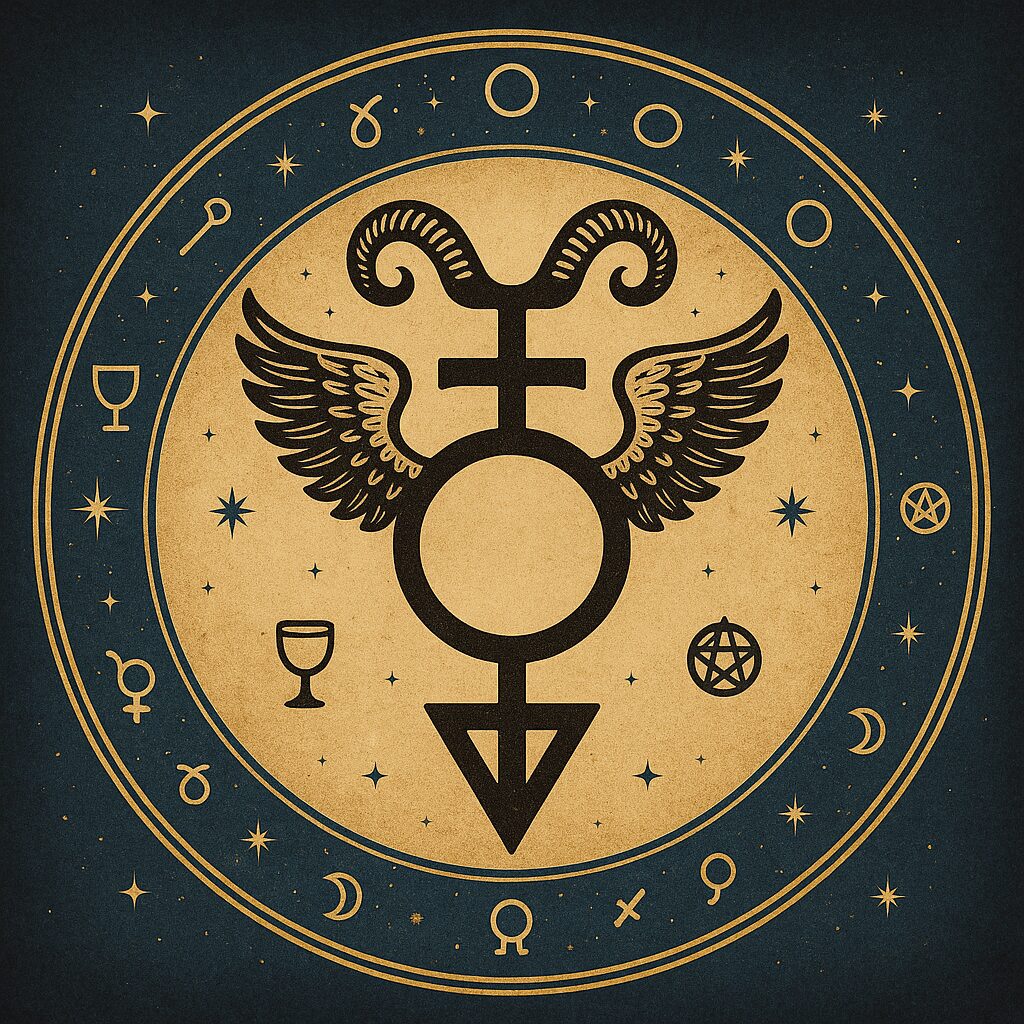Tarot

The Tarot is a book without pages — a sacred alphabet of images that can be endlessly rearranged into new revelations. To shuffle the deck is to stir the archetypes; to draw a card is to lift a veil from the psyche. Though now regarded as a tool of esoteric wisdom, its origins are humble and human: a card game born in fifteenth-century Italy, called tarocchi, adorned with allegories of fortune and morality. Over time, mystics and magi recognized in these figures a hidden grammar of spirit. By the eighteenth century, occultists such as Court de Gébelin and Éliphas Lévi reimagined the Tarot as a pictorial synthesis of Kabbalah, astrology, and alchemy — a portable temple of symbols. In the late nineteenth century, the Hermetic Order of the Golden Dawn refined this vision, aligning the cards with cosmic correspondences, planetary forces, and the Tree of Life. From these foundations came the modern decks — Rider-Waite, Thoth, and the many creative descendants that now fill the world with their layered imagery.
Each Tarot deck is divided between the Major Arcana — twenty-two archetypal keys that trace the soul’s journey from The Fool’s innocence to The World’s completion — and the Minor Arcana, four elemental suits that describe the dramas of daily life: Wands (fire, will), Cups (water, emotion), Swords (air, mind), and Pentacles (earth, matter). Together they form a map of existence, microcosm within macrocosm. The cards are not fixed meanings but living mirrors, shifting with question, moment, and reader.
To read the Tarot is less to tell the future than to reveal the present in symbolic language. The act of laying cards is ritual theatre: intention cast into the unseen, synchronicity answering in turn. The reader enters a liminal state, weaving intuition and interpretation as one. Patterns form — a crossing of influences, a hidden challenge, a potential unfolding — and in their arrangement the querent recognizes something already known but unspoken. The wisdom arises not from prediction but from perspective; the future is not imposed but glimpsed as potential.
Within Wicca and Witchcraft, the Tarot holds both mystical and practical power. It is used to determine timing for spells, to explore the shadow self in preparation for ritual, and to communicate with guides or deities through archetypal resonance. Many witches draw a single card daily as a form of meditation or magical attunement, letting its symbolism inform spellwork or journaling. In coven settings, the High Priestess or seer may perform readings before major workings, aligning the group’s will with the subtle tides revealed in the spread.
Because Tarot is simultaneously a psychological and magical system, its interpretation thrives on intuition tempered by structure. Symbols may emerge through the subconscious, yet the reader must cultivate grounding, ethical clarity, and responsibility. Readings should empower the seeker, not dictate their choices. The cards offer dialogue, not decree.
A simple example might illustrate its rhythm. Suppose a reader asks, “What truth am I avoiding?” The spread reveals The Moon, The Eight of Swords, and The Sun. The Moon shows illusion and deep emotion; the Eight of Swords reveals entrapment by fear; the Sun promises clarity. The message unfolds: what binds you is not the world but the shadows of your own making — confront them and you return to light. In this way, a handful of images becomes revelation, art, and healing in one gesture.
To practice Tarot is to apprentice to mystery itself. The deck is both mirror and guide, teaching us that fate and choice are woven together, and that every answer already lives in the heart of the one who asks. The cards merely help us remember.
To approach the Tarot is to open a door into living symbolism. Each card is an echo of something eternal — a mirror that reflects the soul’s movement through joy, fear, transformation, and return. Long before it became an oracle, it was a game of allegory, and it remains so still: the dance of images through which we come to know ourselves. In the hands of the witch, the seeker, or the mystic, the deck becomes a portable temple — a communion between intuition and fate, story and spirit, question and revelation.

